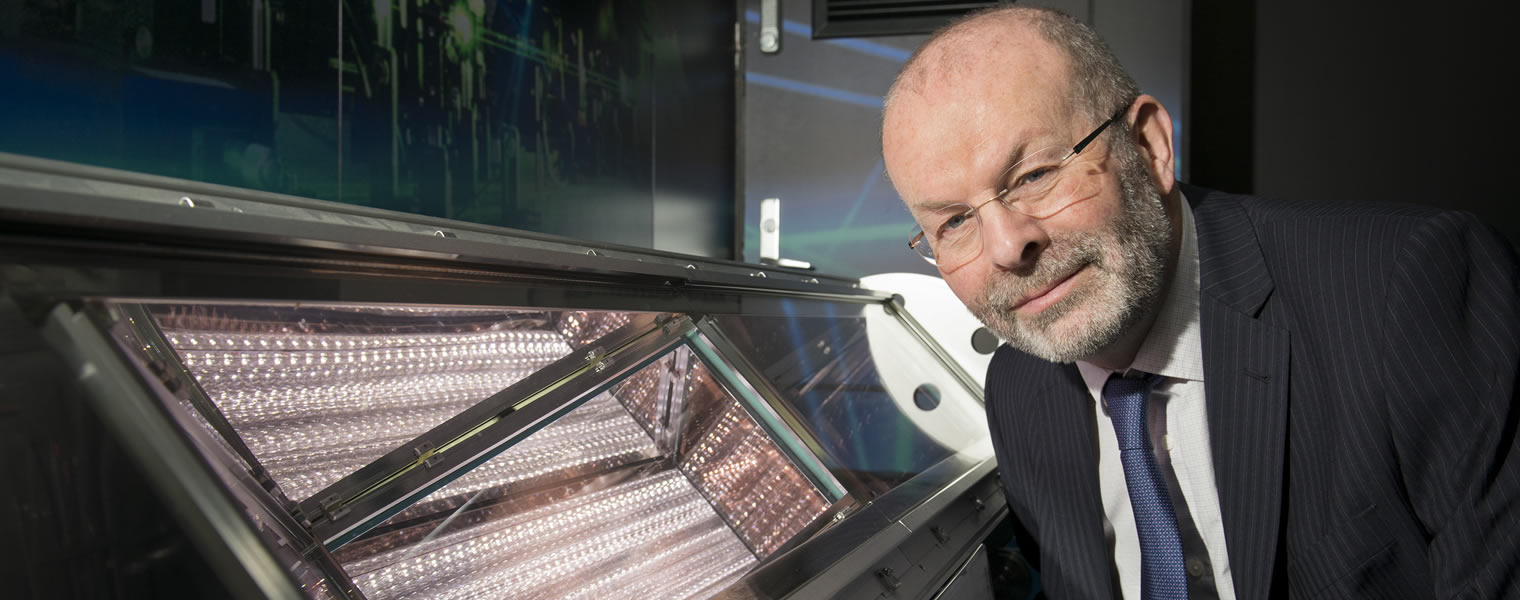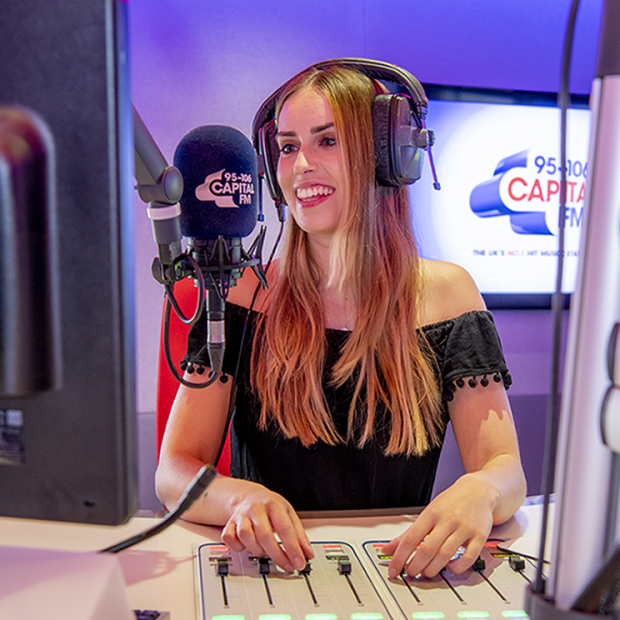Hartley News Online Your alumni and supporter magazine
After an illustrious scientific career, Dr Brian Bowsher (BSc Chemistry 1978, PhD Chemistry 1981) shares his thoughts on his latest appointment as Chief Executive of the Science and Technology Facilities Council
Why did you choose to study chemistry at Southampton?
I always wanted to be a chemist and even had a chemistry set when I was little. While I was at school, I went to an open day at Southampton. I visited the chemistry area and I was awestruck by the capabilities and facilities. I met both the academics and students who were all pleasant and welcoming. Straightaway, I thought that this is where I want to go.
What are your best memories?
In the second year of my PhD I was social secretary of the Chemical Society. It was a lot of fun. We organised a range of activities, including a medieval banquet at Beaulieu Manor, trips to practically every brewery within 40 miles and some memorable skittles evenings. We also organised some fabulous lectures with inspirational people like Sir George Porter, 1967 chemistry Nobel Prize winner, coming to talk.
Was it a natural progression from your PhD into your career?
I was particularly interested in the chemical physics side of my course and had some exciting projects, which at the time I thought were of purely academic interest. But this was just after the Three Mile Island nuclear accident, and when I applied to the UK Atomic Energy Authority (UKAEA), the government was considering building its own pressurised water reactor at Sizewell. I got involved with the safety case to address nuclear accidents, and by happy circumstance, I was able to apply knowledge from my studies directly.
How did your appointment as CEO at STFC come about?
Essentially, through my experience of both science and working with government. After UKAEA, I became Director of Research at the Atomic Weapons Establishment (AWE), which I really enjoyed as I was looking after 1,200 people across all disciplines. From there I became CEO of the National Physical Laboratory (NPL), which was also hugely rewarding. NPL had strong collaborations with universities, industry and internationally. There were also a number of strong connections with STFC (as there had been at AWE), and I became a council member in 2013.
I retired from NPL in June 2015 and then a year later got a call about the STFC CEO position. The introduction of the new UK Research and Innovation (UKRI) body was looming, and there was a need for someone to head the council until the new body came into being in 2018, who knew STFC’s science and was used to working with government. I fitted the bill and could hit the ground running.
You mention UKRI. Will that be your main priority while in office?
Yes. Essentially, the government is planning to bring together the seven existing research councils (including STFC), Innovate UK and the research and innovation functions of the Higher Education Council for England (HEFCE) into a new body called UK Research and Innovation (UKRI).
I am hoping to shape STFC’s future with UKRI and position both UKRI and STFC for success. Unlike some of the other research councils that are primarily grant giving agencies, we have our own scientists (nearly 2,000). I am keen to ensure that the UK broader science infrastructure is reflected in UKRI going forward as well as key interactions with academia. One of the joys of STFC is the breadth of its work encompassing research into particle physics, astronomy and nuclear physics; operating major facilities in the UK and leading for the UK on many major international experiments such as the CERN Large Hadron Collider; and managing innovation campuses. I want to make sure that these capabilities are fully reflected in the new UKRI alignment.
I believe that UKRI is a good thing. It should make us more joined up and better at interdisciplinary research, give us a powerful voice for science and help us increase the impact of what we do.
What is the climate for innovation in UK at the moment?
There has been a lot of political uncertainty with Brexit, which has caused concerns for our international partners and our colleagues from the EU who work with us in the UK. It is encouraging that the government is keen to demonstrate we remain a major player on the international stage and that the UK is a great place to do science. We are delighted to see a commitment to extra funding for research and innovation – around a 20 per cent increase in research and innovation funding by 2021.
What are you most proud of?
My ability to bring people together from different backgrounds and capabilities – whether that be different sciences, academic areas or industrial backgrounds – in order that you create something that is greater than the sum of its parts.
I have worked with some fabulous people and my contribution has been enabling them to work effectively together and add real value.
Do you still find science fascinating?
Of course! I love seeing how things have changed. The sort of experiments I took many years to realise when I was an undergraduate we can do now in seconds using advanced techniques. I’m still as excited as ever. Where I think I have changed is that I see the impact and value that gives to the UK as a whole as well as the excitement of the fundamental science.
Keep up-to-date with university news, share professional advice and meet fellow alumni by joining the University of Southampton Alumni LinkedIn Group.



